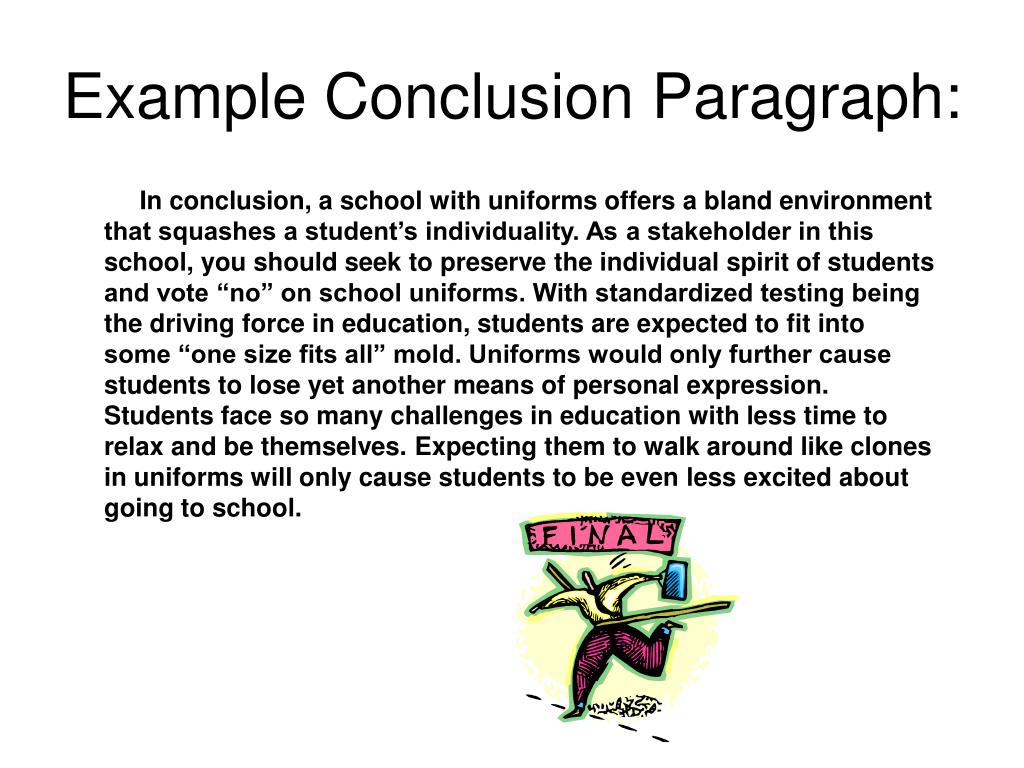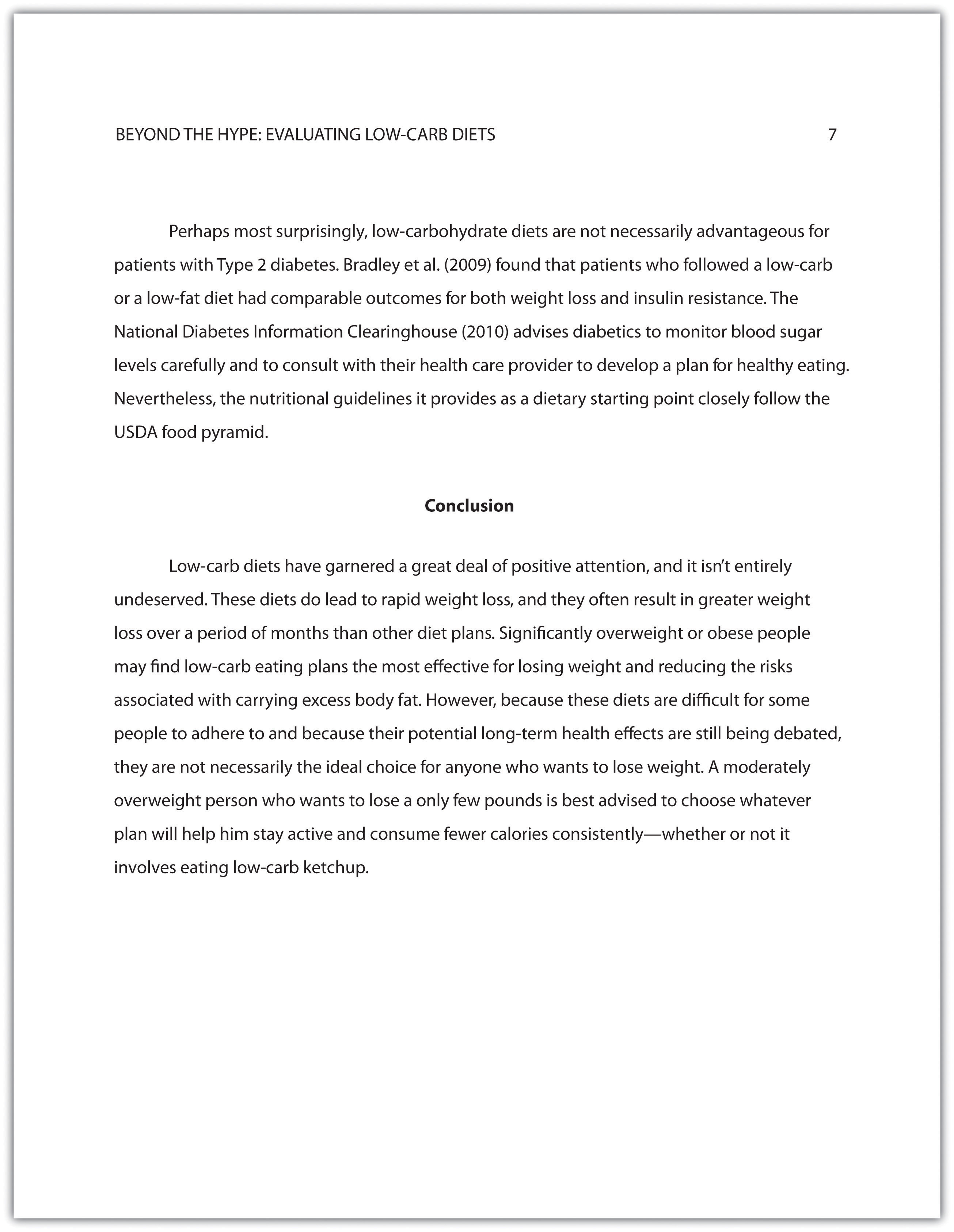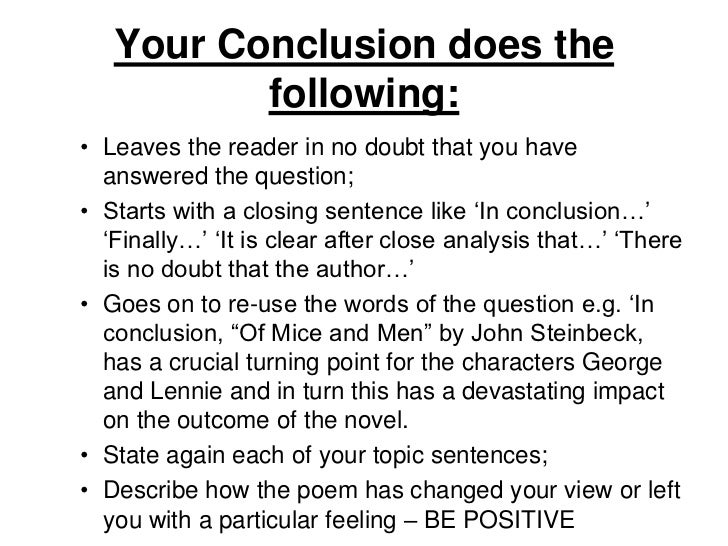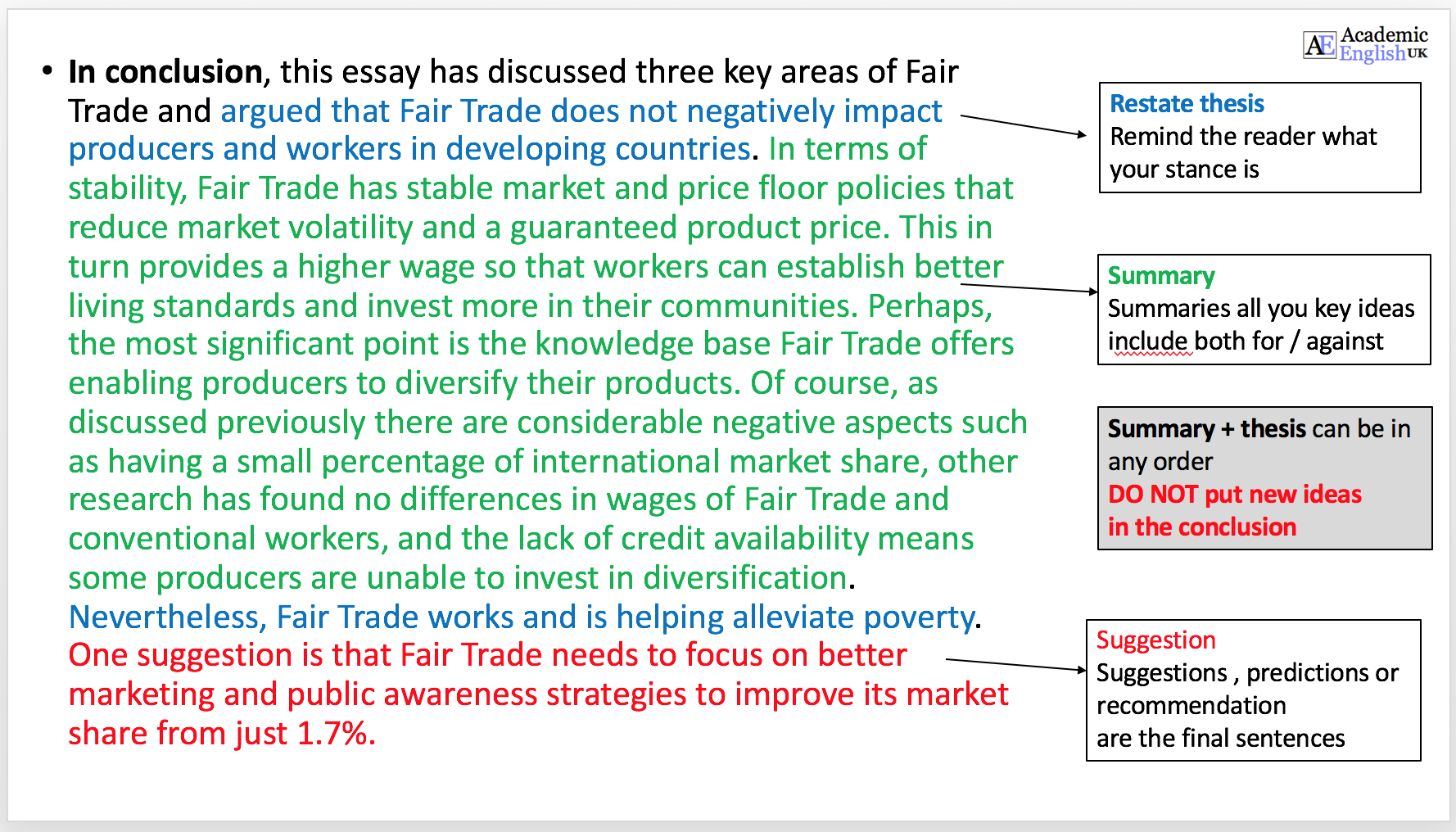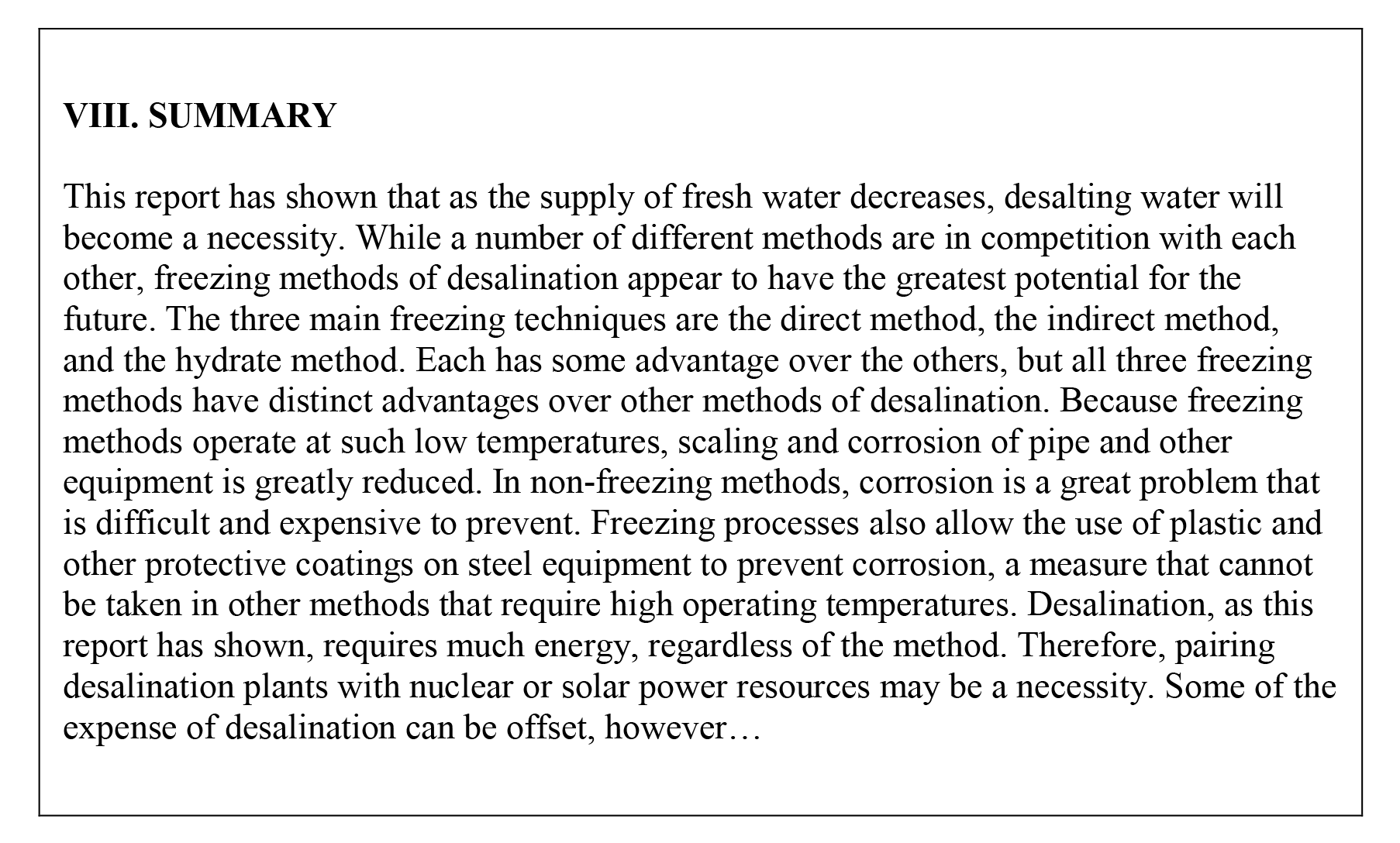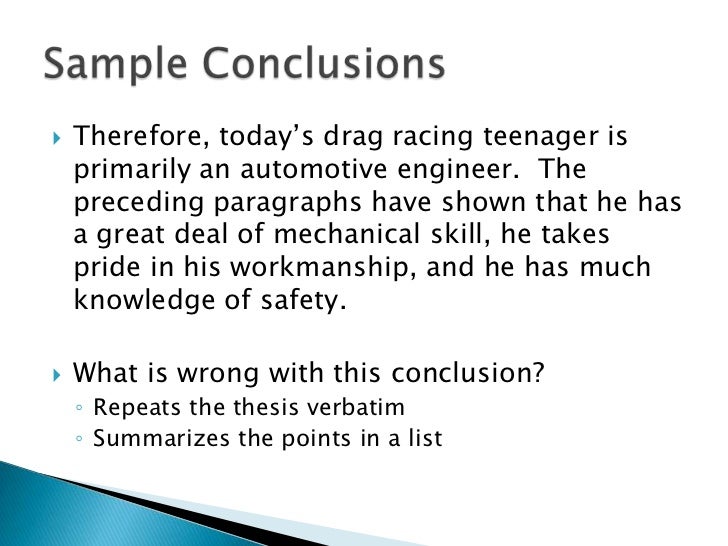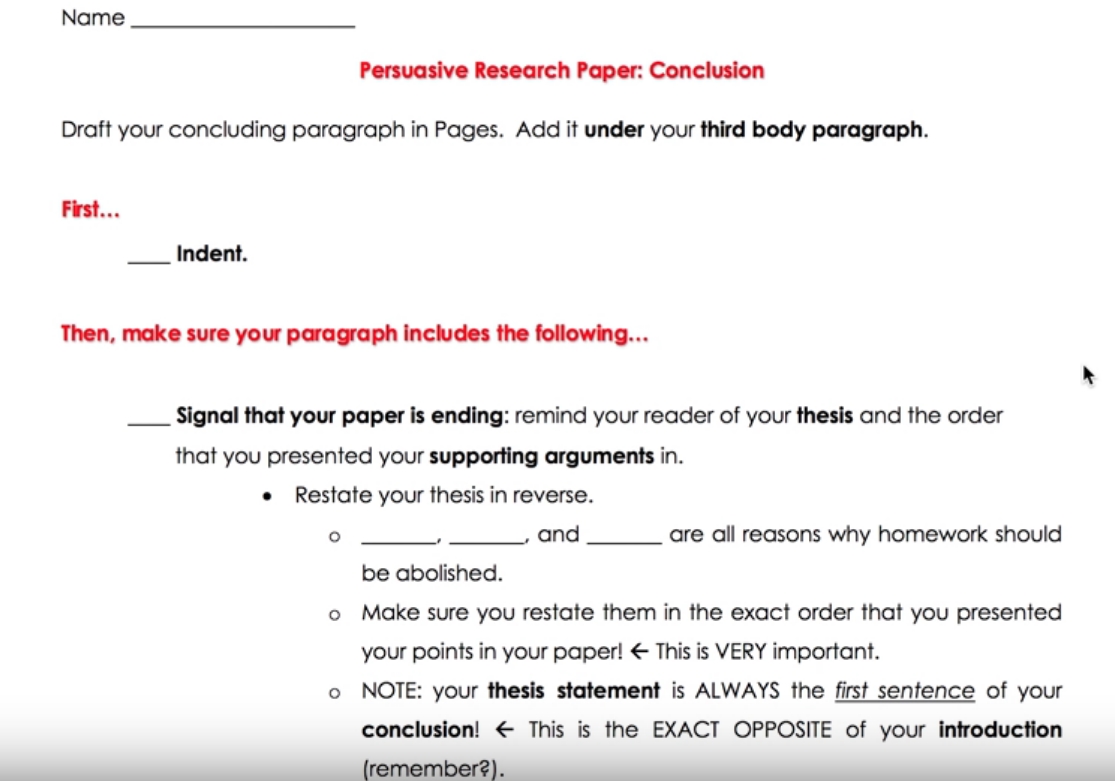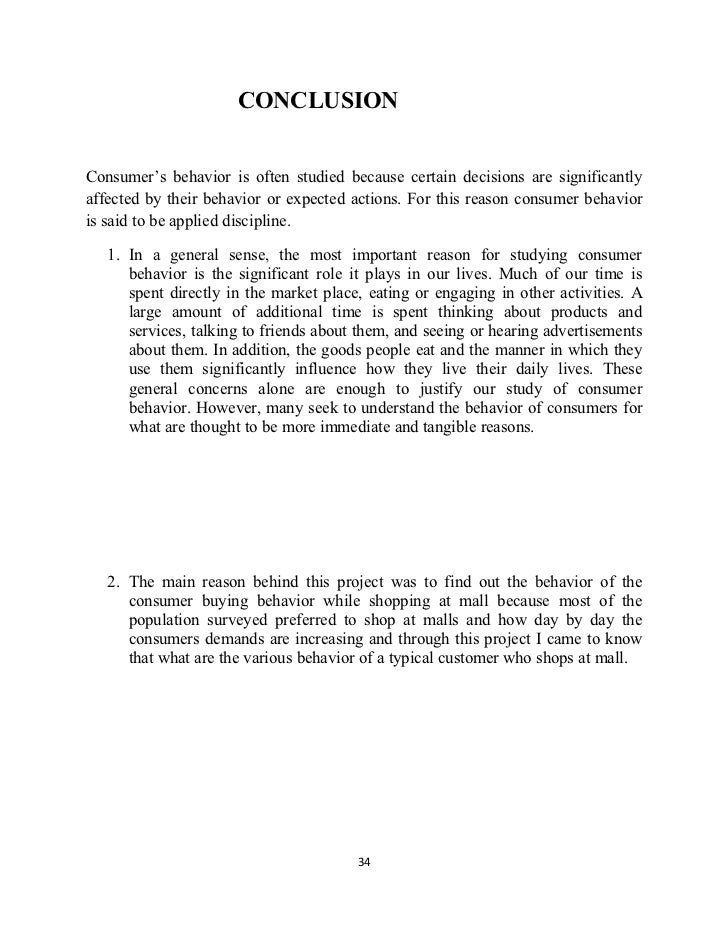Glory Tips About How To Write A History Paper Conclusion
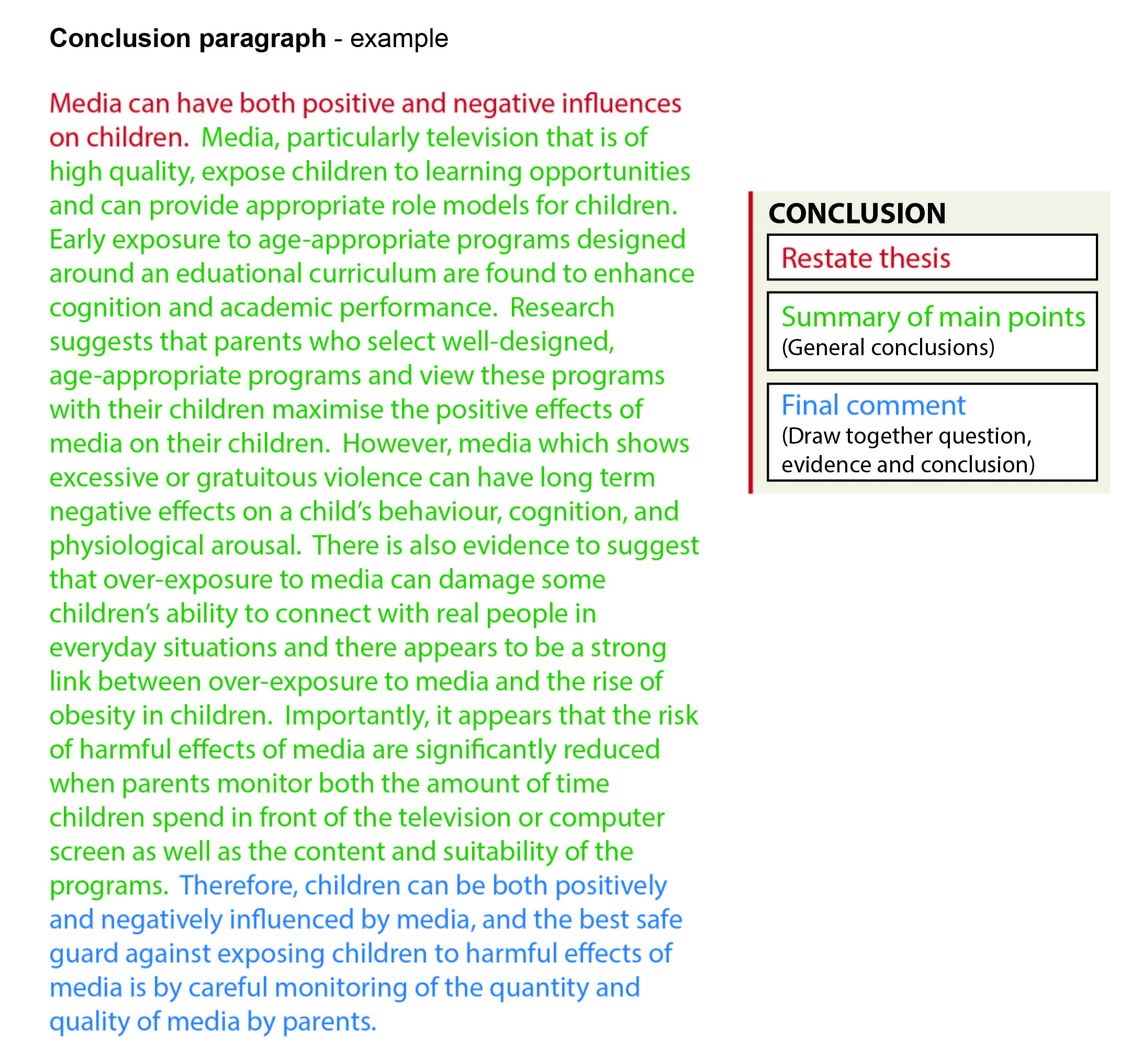
A common technique is to turn your conclusion into an introduction.
How to write a history paper conclusion. Sample conclusion for history paper. You should briefly restate the topic as well as explain why it is important. This is to remind the marker about how you proved your argument.
Leave your readers with a lasting impression of why your argument matters or. Remind readers of your main. How long should your conclusion be?
[1] [2] do not spend. The introduction outlines your argument. You think about your conclusion.
In one or two sentences, restate each of the topic sentences from your body paragraphs. Writing in the disciplines how to write a history paper th e challenges o f wri t ing ab o u t (a.k.a., making) hi s t o r y at first glance, writing about history can seem like an. Do not edit or judge what.
Before we dive into the details, here’s a basic outline of how to write a conclusion: A strong conclusion aims to: Papers are concerned with history (not just what happened, of course, but why and how it happened), and some are interested in historiography (i.e., how other historians have.
It shows a student’s historical. Organizing your social sciences research paper. Written by teach and thrive in teaching ideas.
They are not simply perfunctory additions in academic writing, but are critical to your task of making a. The introduction and conclusion serve important roles in a history paper. How to write a conclusion.
An introduction, a body, and a conclusion. It usually reflects what is in the paper—topic, thesis, arguments, evidence—and can be easily adjusted to be a. Your argument, your sources, counterarguments, everything.
I provide you with three common types of conclusions: The body provides reasons and evidence for why your reader. Reiterate your argument clearly and forcefully.
We explain what to put (and what not to put) in a research paper. Every essay has three parts: A successful conclusion will:

